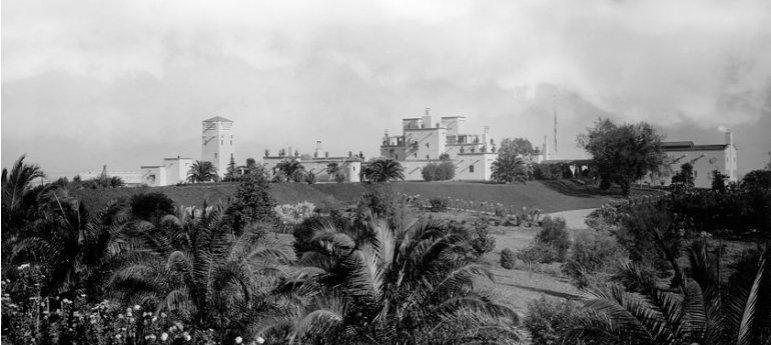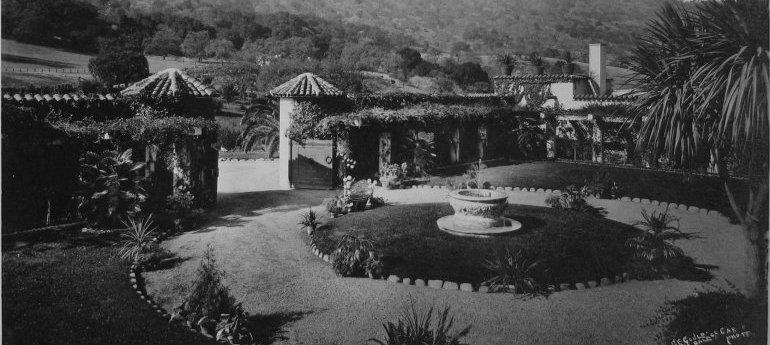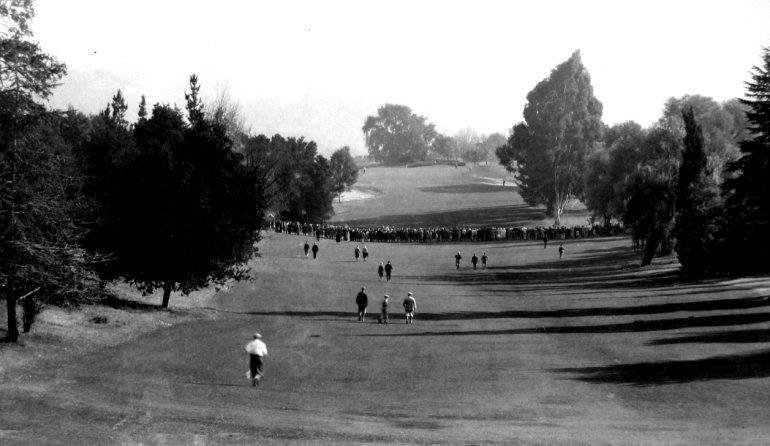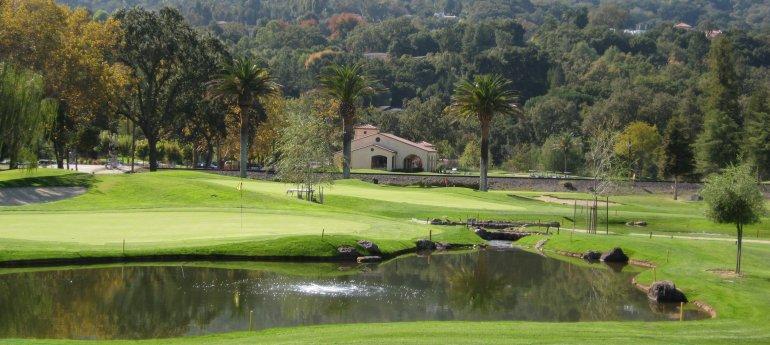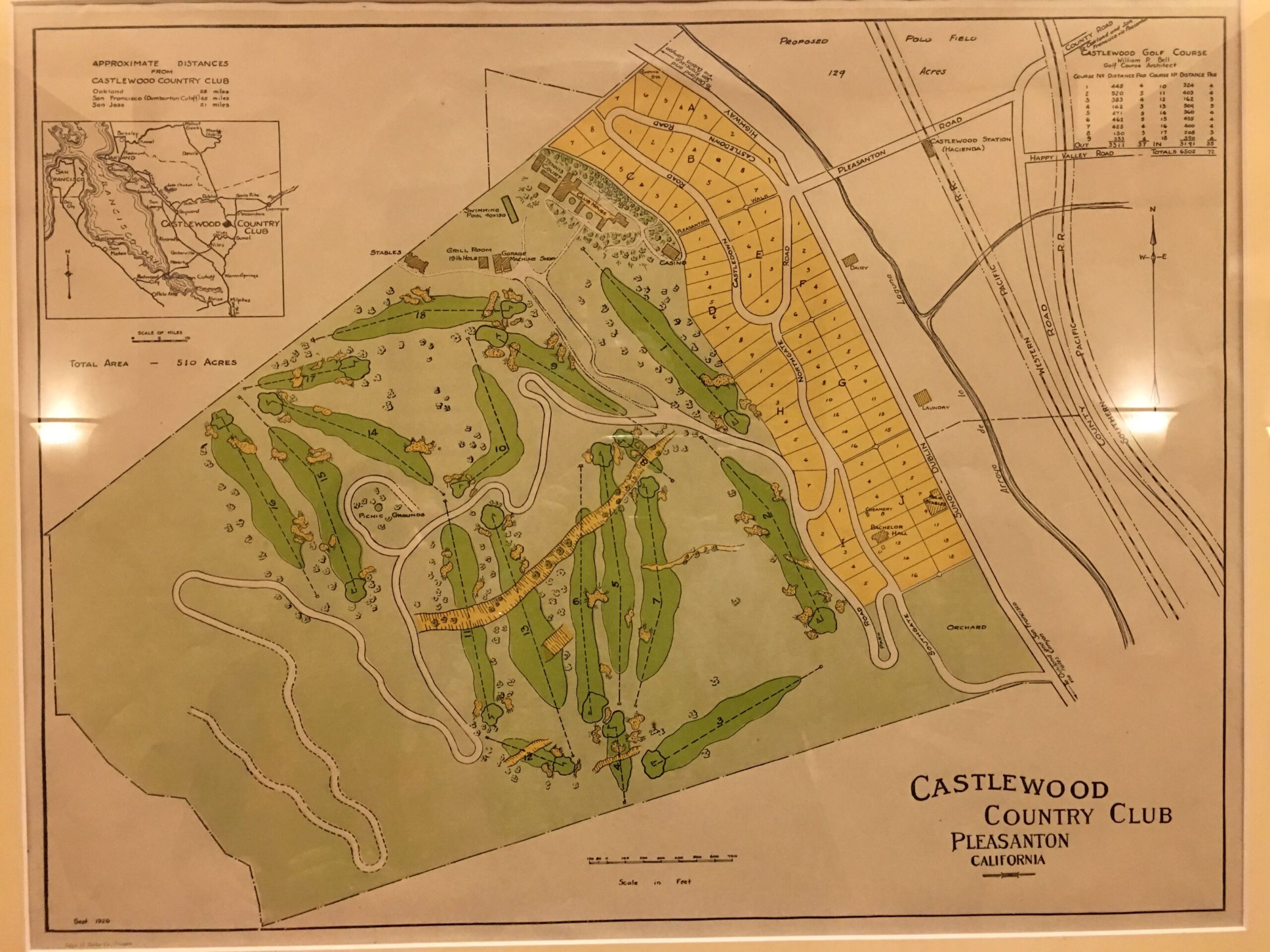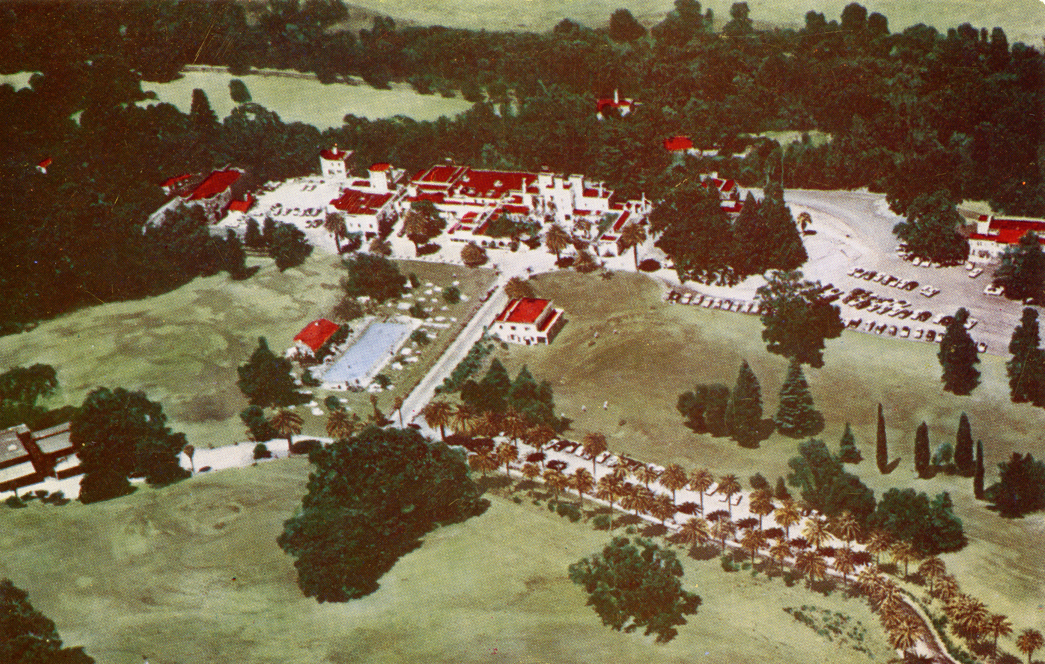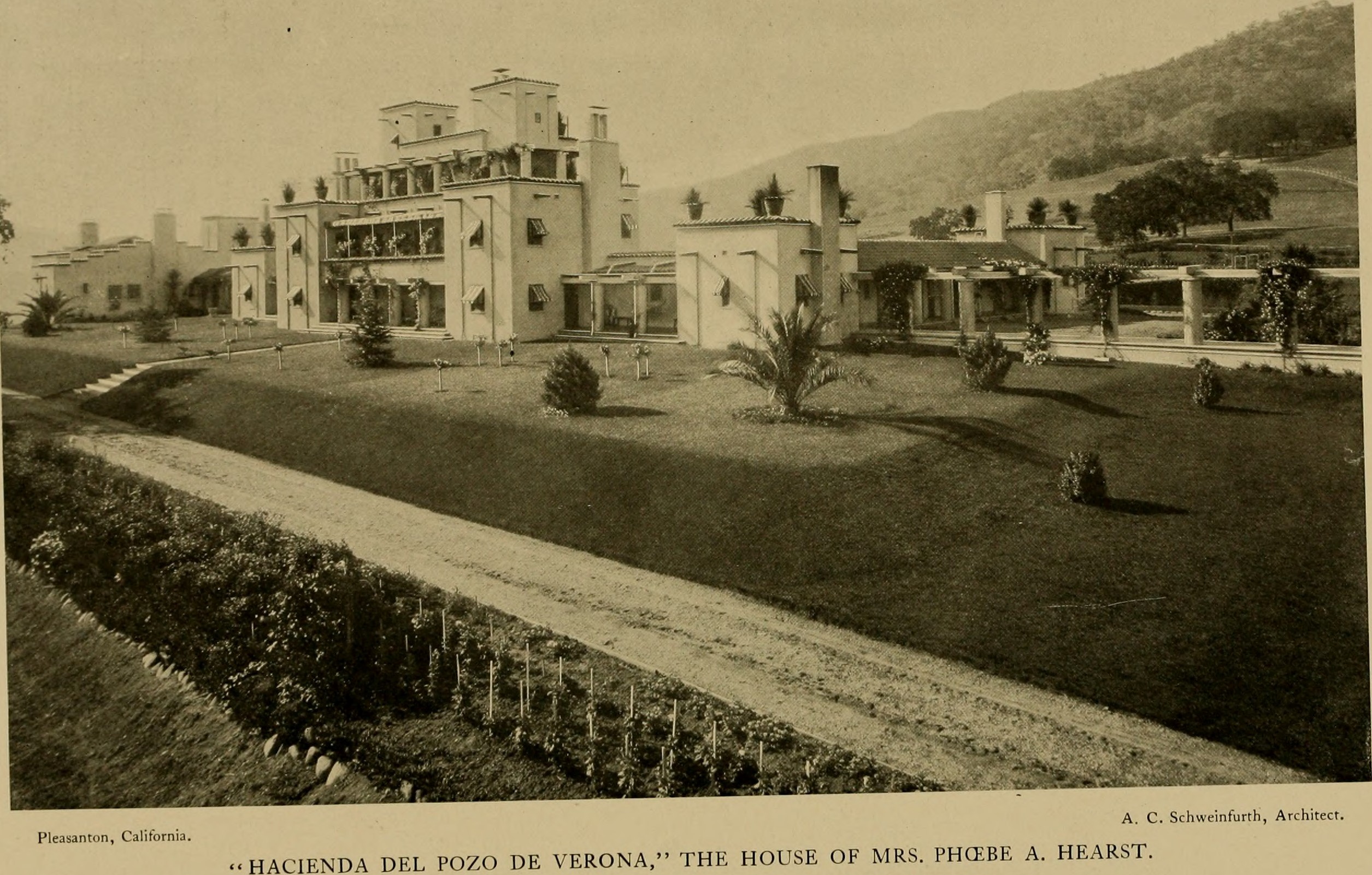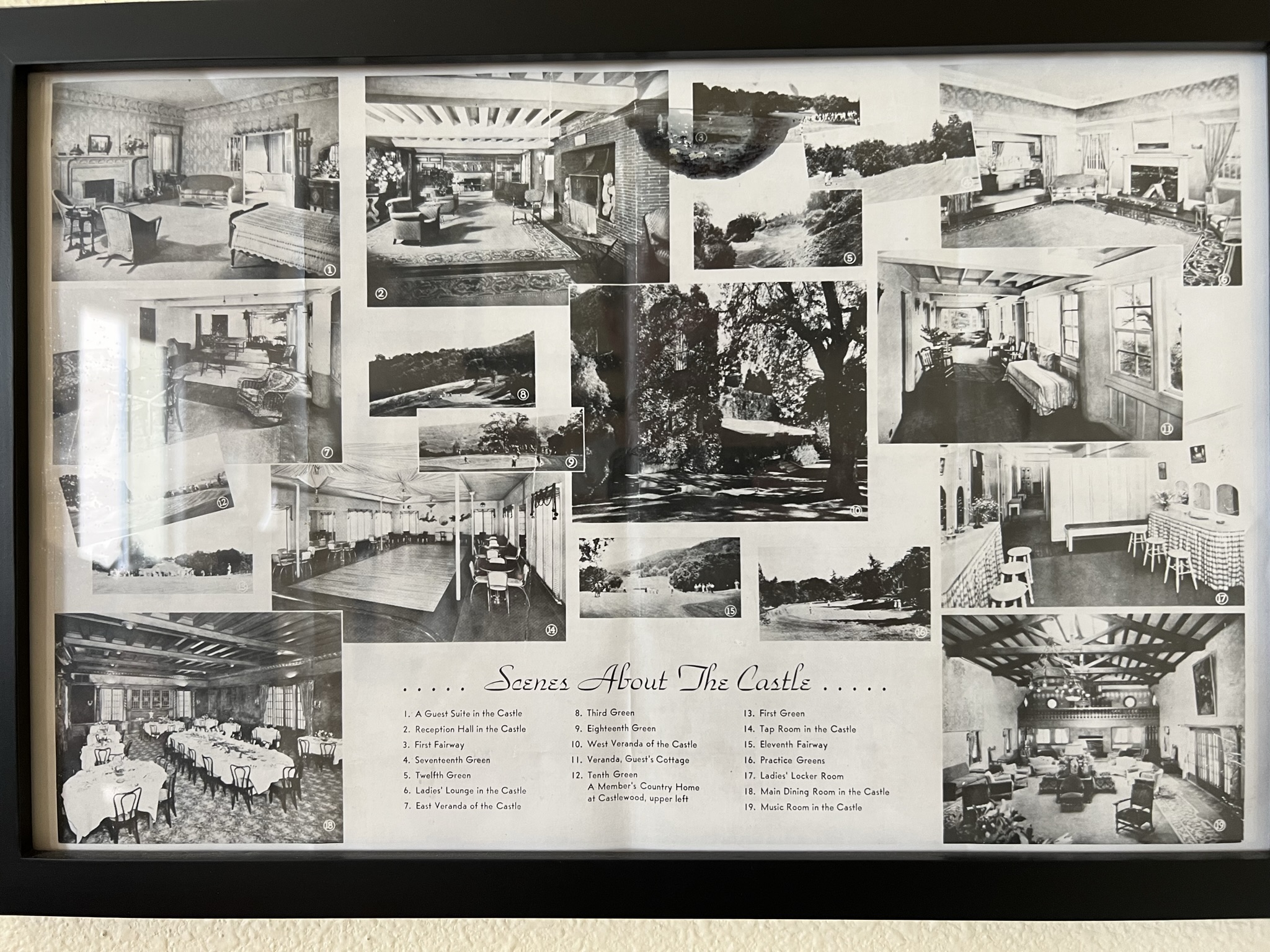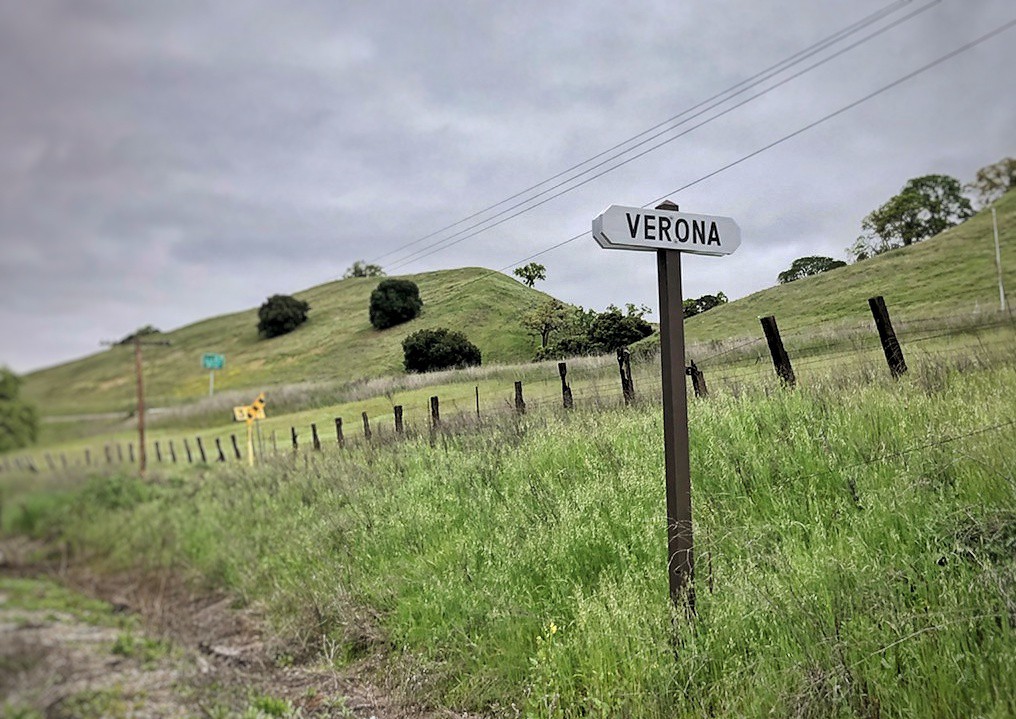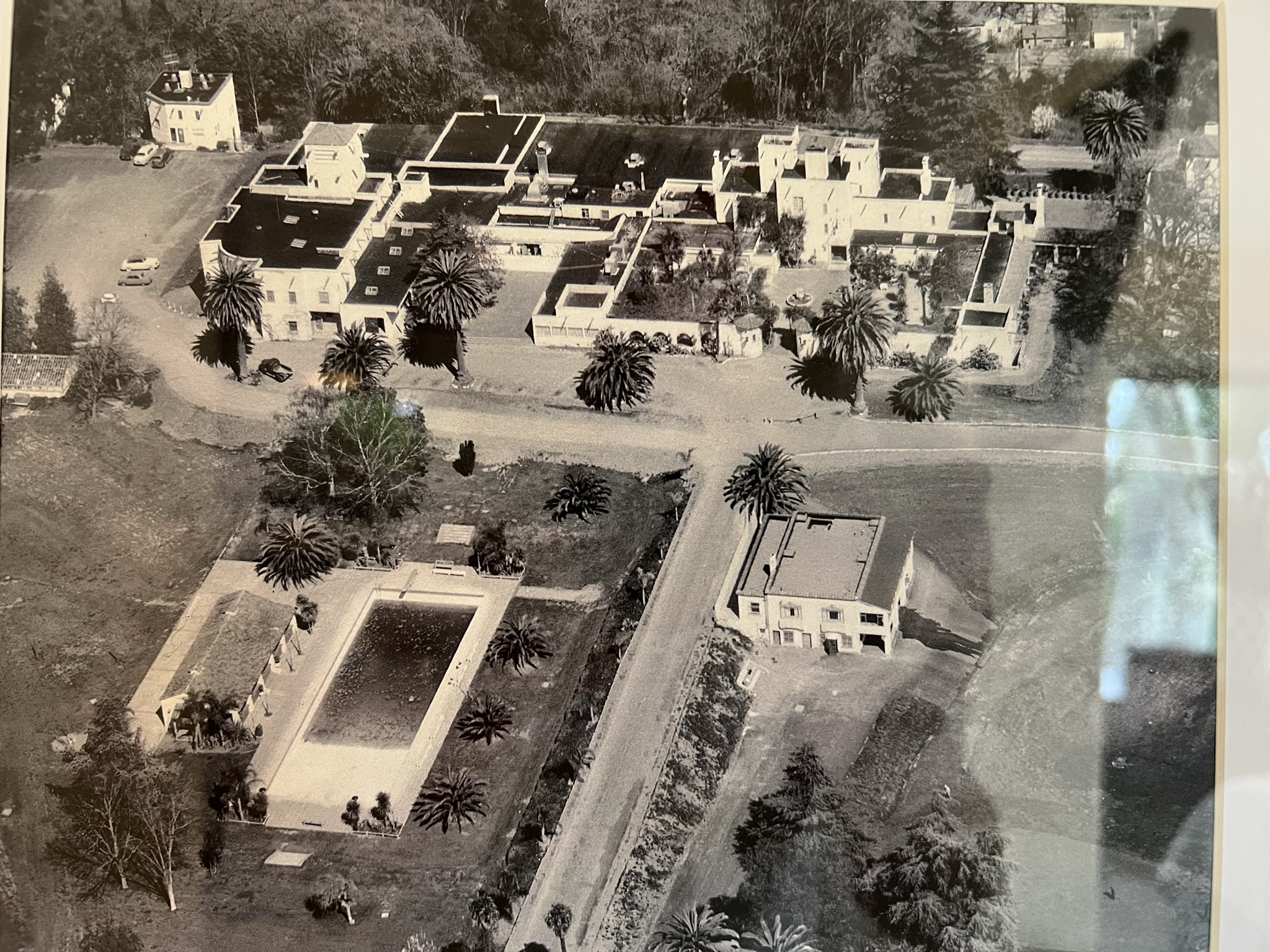Castlewood History
The First Hearst Castle
A little over a century ago, Phoebe Apperson Hearst stood on her expansive estate nestled among the twisted oaks and undulating landscapes of the Pleasanton foothills, absorbing a vista scarcely touched by human presence. Today, this estate has transformed into the Castlewood Country Club and the surrounding residential communities. While the rolling hills and the valley below may appear vastly different from Phoebe’s time, the enduring allure of the area can still be felt.
Phoebe arrived in California in 1862 as the spouse of George Hearst, a prominent miner and rancher who amassed a fortune during the gold rush era. Upon George’s passing in 1891, Phoebe found herself widowed and affluent at the age of 48. This newfound wealth provided her the freedom to pursue philanthropic and intellectual endeavors, spanning archaeology, education, and women’s rights. Phoebe immersed herself in the University of California, Berkeley, eventually serving as a UC Regent.
Concurrently, her only son, William Randolph, then in his late twenties, began transforming his late father’s hunting lodge in the foothills of Pleasanton. He conceived plans for an opulent residence, drawing inspiration from the 18th-century Mission, Pueblo, and Moorish styles of Spanish fortified villas near Santa Fe, Mexico. Fearing that her son might transform the residence into a venue for lively gatherings, Phoebe assumed control of the project. The mansion, named Hacienda del Pozo de Verona, underwent a four-year construction period based on the original designs by architect A.C. Schweinfurth. With subsequent contributions from architect Julia Morgan, the completion of Mrs. Hearst’s opulent residence spanned over a decade, eventually earning its place among the most magnificent homes in America. A devoted advocate for women’s advancement, Phoebe specifically chose Julia Morgan, the inaugural female architecture student at the esteemed Ecole des Beaux-Arts in Paris and California’s first licensed female architect. Julia Morgan later gained fame as the architect behind William Randolph’s monumental San Simeon residence, now renowned as Hearst Castle.
Named after a 15th-century carved-stone wellhead (pozzo meaning well in Italian) imported from Verona, Italy, Hacienda del Pozo de Verona dazzled visitors upon entering its expansive courtyard, featuring the wellhead as an ornate fountain. Inside, the mansion showcased Phoebe’s extensive collection of art, furniture, and global artifacts gathered during her travels. To facilitate visits, the Western Pacific Railroad even constructed Verona Station, a railway stop for Victorian elites and other guests.
The three-story main building boasted over 50 rooms, including a fireplace large enough to spit-roast a whole ox. The estate’s playhouse, designed for Hearst’s five grandchildren, soared two stories high and encompassed 13 rooms, billiard tables, and reading rooms. Over the years, the estate hosted European royalty, renowned artists, composers, presidents, and movie stars. Phoebe extended her kindness to Pleasanton neighbors, employing many locals at the ranch.
Following Phoebe’s death in 1919, William Randolph briefly took charge of the property. In 1924, he sold it to a group of businessmen who established the Castlewood Country Club and developed the surrounding community. The initial residential lots on the property were primarily marketed as second homes for affluent individuals from San Francisco and Oakland. In 1948, the Country Club underwent a rebirth, introducing a second golf course in the Valley below and offering additional housing lots for sale. Today, properties on “The Hill” are widely acknowledged as some of the most desirable real estate in the Pleasanton area.
Hacienda del Pozo de Verona served as the Castlewood Clubhouse from 1925 until it succumbed to fire in 1969. A new clubhouse, echoing the style of Mrs. Hearst’s Hacienda, now graces the original location. Only two structures from the Hearst era endure on the property: a two-story storage building and a pump house. The Italian carved-stone wellhead, the namesake of the hacienda, resides in the garden at Hearst Castle in San Simeon.
